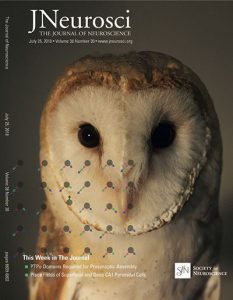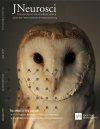Visual Search: Physiological Experiments
 The saliency of visual objects is based on the center to background contrast. Particularly objects differing in one feature from the background may be perceived as more salient. It is not clear to what extent this so called ‘‘pop-out’’ effect observed in humans and primates governs saliency perception in non-primates as well. In this study we searched for neural correlates of pop-out perception in neurons located in the optic tectum of the barn owl.
The saliency of visual objects is based on the center to background contrast. Particularly objects differing in one feature from the background may be perceived as more salient. It is not clear to what extent this so called ‘‘pop-out’’ effect observed in humans and primates governs saliency perception in non-primates as well. In this study we searched for neural correlates of pop-out perception in neurons located in the optic tectum of the barn owl.
We measured the responses of tectal neurons to stimuli appearing within the visual receptive field, embedded in a large array of additional stimuli (the background). Responses were compared between contrasting and uniform conditions. In a contrasting condition the center was different from the background while in the uniform condition it was identical to the background.
We further randomly shuffled the position of the target in the array across trials, so that it occasionally appeared in the RF, as in freely viewing conditions where the owls actively scan their surroundings, to check whether such condition would lead to orientation contrast sensitivity.
We were also interested in the effect of background homogeneity on response to the target. Different homogeneity levels were tested and responses were compared, searching after Gestalt-like perception of the stimulus, with the target popping-out over the whole background elements.
